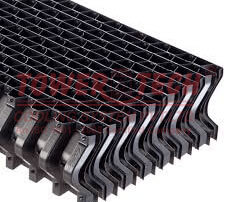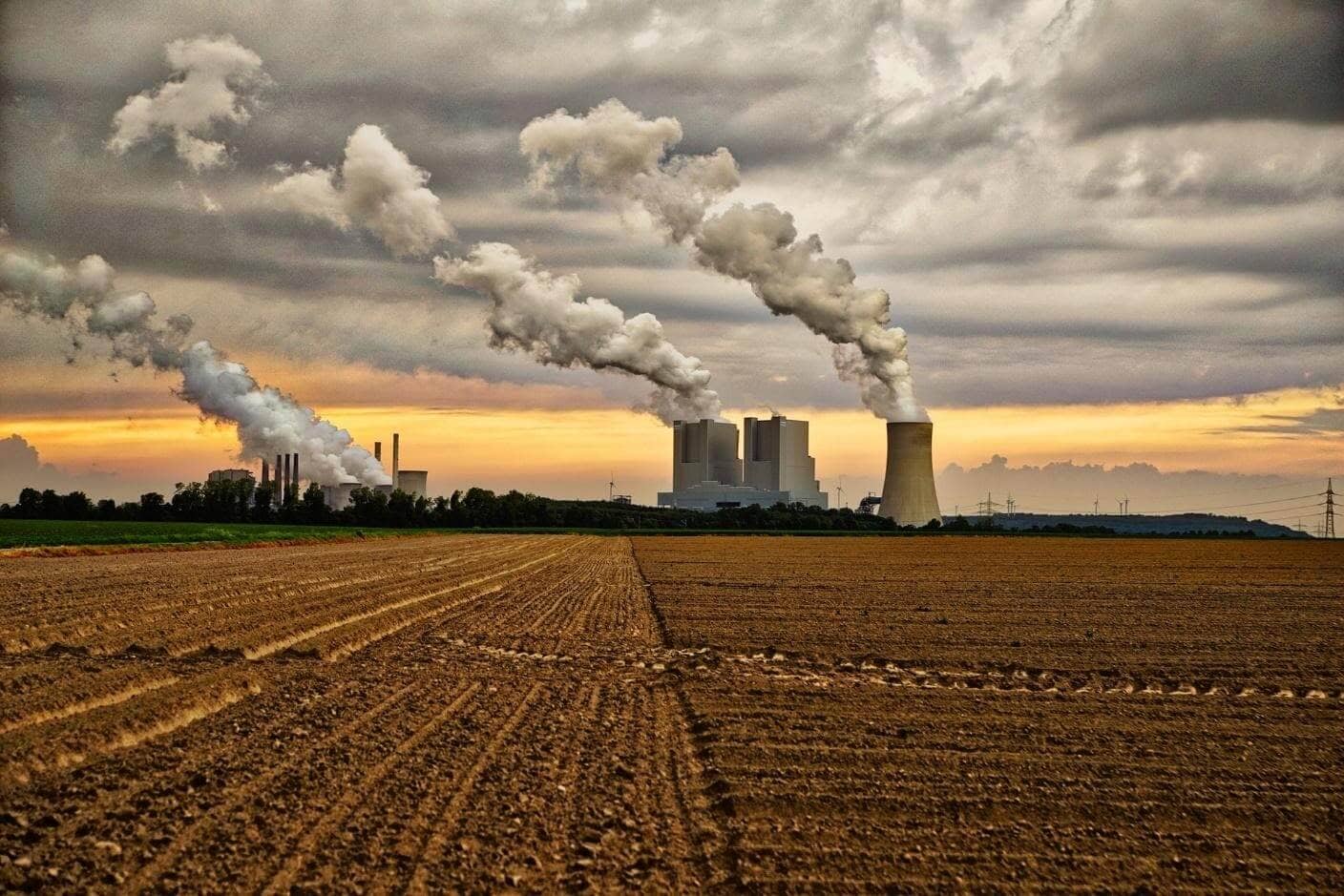A cooling tower is a special kind of heat exchanger or a tower in which air and water are brought in touch with each other or, in short, it reduces the temperature of the water. When this occurs, a small volume of water evaporates, reducing the water temperature and then circulates through the tower. When the water interacts with the air outside, a small amount of water evaporates, leading to a cooling action. The water is then again pumped back when the coolant absorbs heat.
What Are The Types Of Cooling Towers?
There are three types of cooling towers
- Crossflow cooling towers
- Hyperbolic cooling towers
- Counterflow cooling towers
Crossflow cooling towers allow air entry and move horizontally over the water from the upper reservoirs. The equipment used in crossflow cooling towers is expensive, but this equipment is one of the easiest to maintain.
Hyperbolic cooling towers: These towers are built well and do not require enormous resources. These are mainly used in large areas like big power plants.
Counterflow cooling towers: In this, the air flows in a vertical line or path over the splash and fills as the water steams down again in the reservoir. These reserves are pretty expensive.
Cooling tower parts
1. Drift reducers:
Drift reducers are very important in cooling towers. Large water droplets are trapped and are removed from the air stream. The abrupt drift movement anywhere else can no longer steer mist or water droplets away from the cooling tower.
2. Drive Shafts:
A cooling tower’s drive shaft’s purpose is to connect gearbox input shafts and the electric motor. Most of the time, drive shafts are needed as driveshafts face corrosion inside. The drive shaft that will be used must be well balanced as it will make the engine rotate at full speed.

3. Fill media:
The working ability of a cooling tower is determined by the medium filled in it. The medium filled in will decide how the cooling tower will work. Modern cooling towers are mostly filled with plastic as plastic materials allow the most water evaporation. A fill is a thin layer coat that is put to a surface and evenly spread on the surface.
4. Gearboxes:
Great box is the connection between the shaft and a set of gears. It reduces the fan’s rotating velocity to match the speed of the tower. Now the torque is multiplied by the reduced velocity of the gear.
The motors should be large enough to hold the fan torques needed ( if there are no gearboxes used in the tower). It is possible to reduce both the cost of the mechanical system and the size of the motor by using a gearbox.
Large-scale production facilities like power plants and chemical plants require a considerable amount of heat to be extracted. There must be routine maintenance of the gearboxes on the motors, so there are no corrosion problems.
The engine’s working efficiency fails many times because of rust. Rust can be a huge problem and reduce the machine’s life, leaving it damaged for a long time and can cause malfunction issues if it is left unchecked.
5. Cooling tower nozzles
The crossflow cooling towers have various nozzles installed. These cooling towers use the help of gravity to transport water. The primary purpose of the nozzle is to send water to the fill and to cool it down.
Conclusion
Many other cooling tower parts are essential for the cooling tower system. Still, the five parts mentioned above are the most important. All these contribute to the overall working performance of the system, and as we know, all the parts work together; if one part stops working, the others will also stop. Thus maintenance of the parts is also needed from time to time.
For gaining more information about cooling towers, go to Tower Tech.


